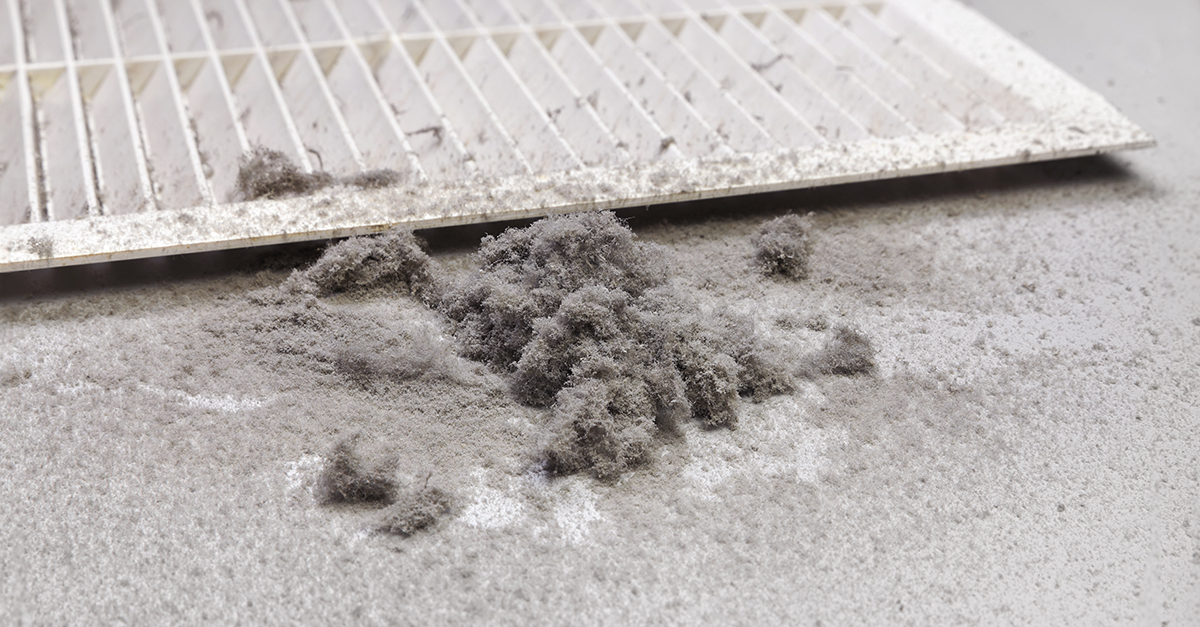If you’ve ever paid attention to the contents emptied from vacuum cleaners, you know how much dust and debris can accumulate indoors. After examining what winds up in your vacuum, imagine how much is left on carpets and floating through the air daily.
Airborne irritants can compromise indoor air quality (IAQ) in facilities, often triggering symptoms for those who suffer from allergies and asthma—about one out of every three people, according to the Asthma and Allergy Foundation of America. Given the time most of us spend indoors, prioritizing IAQ is essential.
Fortunately, you and your cleaning crews can take practical steps to improve IAQ, potentially mitigating the effects of seasonal allergies.
Purifying the air
Proactive ventilation and purification are effective methods for maintaining healthy air quality. Opening windows periodically to allow air circulation may help reduce allergen buildup, but only if you have installed the proper HVAC filters. Otherwise, opening the windows may allow dust and pollen to enter the facility unmitigated. Using exhaust fans in kitchens and restrooms is also important, as it can help prevent the accumulation of odors and moisture—both of which have a negative impact on air quality.
Basic HVAC maintenance, such as replacing filters regularly, is essential for improving IAQ. For a more advanced approach, use air purification systems with HEPA filters, which can help trap
dust, pollen, and pet dander, stopping them from spreading through the building and exacerbating seasonal allergy concerns.
The internal humidity level can also impact air quality. The U.S. Environmental Protection Agency recommends a humidity range between 30% and 50%. To attain this goal, you may need to
use either a humidifier or a dehumidifier.
Reducing indoor pollutants
Although it is impossible to eliminate all indoor pollutants, a few simple guidelines can help reduce your facility’s pollutant levels:
- Prohibiting smoking indoors.
- Limiting the use of candles, incense, scented room sprays, and other fragranced products.
- Choosing paints and cleaning products with low volatile organic compound (VOC) content.
Additionally, enforce steps that can help prevent outdoor pollutants from entering the building in the first place. For example, place doormats at entrances to limit the dust and debris tracked indoors.
Of course, regular mopping and vacuuming also help prevent dust and other particles from piling up. Vacuum at least once a week in low-traffic areas, and in high-traffic areas, daily
vacuuming is often required.
As allergens can nestle in bedding and upholstery, remember to clean soft surfaces regularly. Carbonation cleaning, a low-moisture cleaning process also known as hot carbonating extraction (HCE), uses the bubbles carbonation creates to lift dirt and grime to the surface, where it can be easily extracted. When paired with a fine-particulate extraction pre-cleaning method, the process can remove large amounts of dust and allergens from carpets, curtains, and furniture.
Watching for mold and mildew
When IAQ declines, people often consider dust the primary culprit—yet mold and mildew can be equally serious offenders, causing spores and other unstable organic elements to enter the air. Best practices for minimizing allergen buildup—like maintaining the proper humidity level and ensuring adequate ventilation—can also help stave off mold and mildew. Some additional tips include repairing all leaks, quickly cleaning up spills, and ensuring the use of moisture-resistant materials in any renovation projects.
Keeping it clean
Seasonal allergies and asthma are common health concerns, but maintaining optimal IAQ can help keep symptoms under control. By following best practices for facility ventilation, maintenance, and cleaning, you and your custodial crew can protect the health of building occupants.



